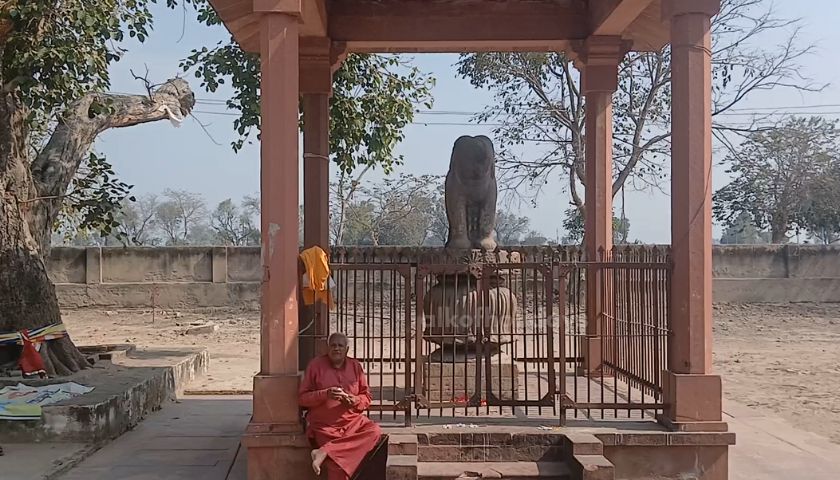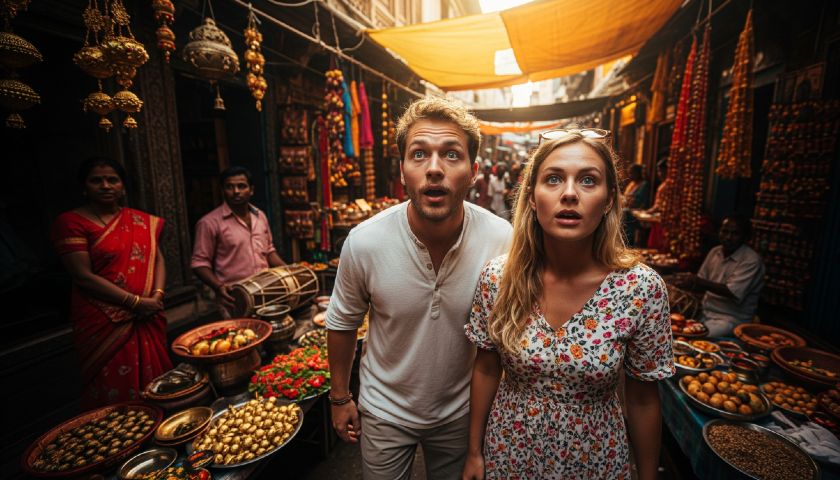Yes, Bodhgaya hosts several festivals and events that celebrate its spiritual and cultural significance, drawing pilgrims and visitors from around the world. The most notable is the Buddha Jayanti, commemorating the birth, enlightenment, and nirvana of the Buddha. This event is marked with prayers, chanting, and rituals, creating a deeply spiritual atmosphere. Another major celebration is the Kagyu Monlam Chenmo, or the Great Prayer Festival, where thousands of Buddhist monks and practitioners gather to pray for world peace and harmony. Additionally, Bodhgaya comes alive during the cold season with various teachings and ceremonies conducted by prominent Buddhist leaders, including the Dalai Lama. These events, steeped in tradition and devotion, make Bodhgaya a vibrant hub of spiritual activity and cultural exchange.





